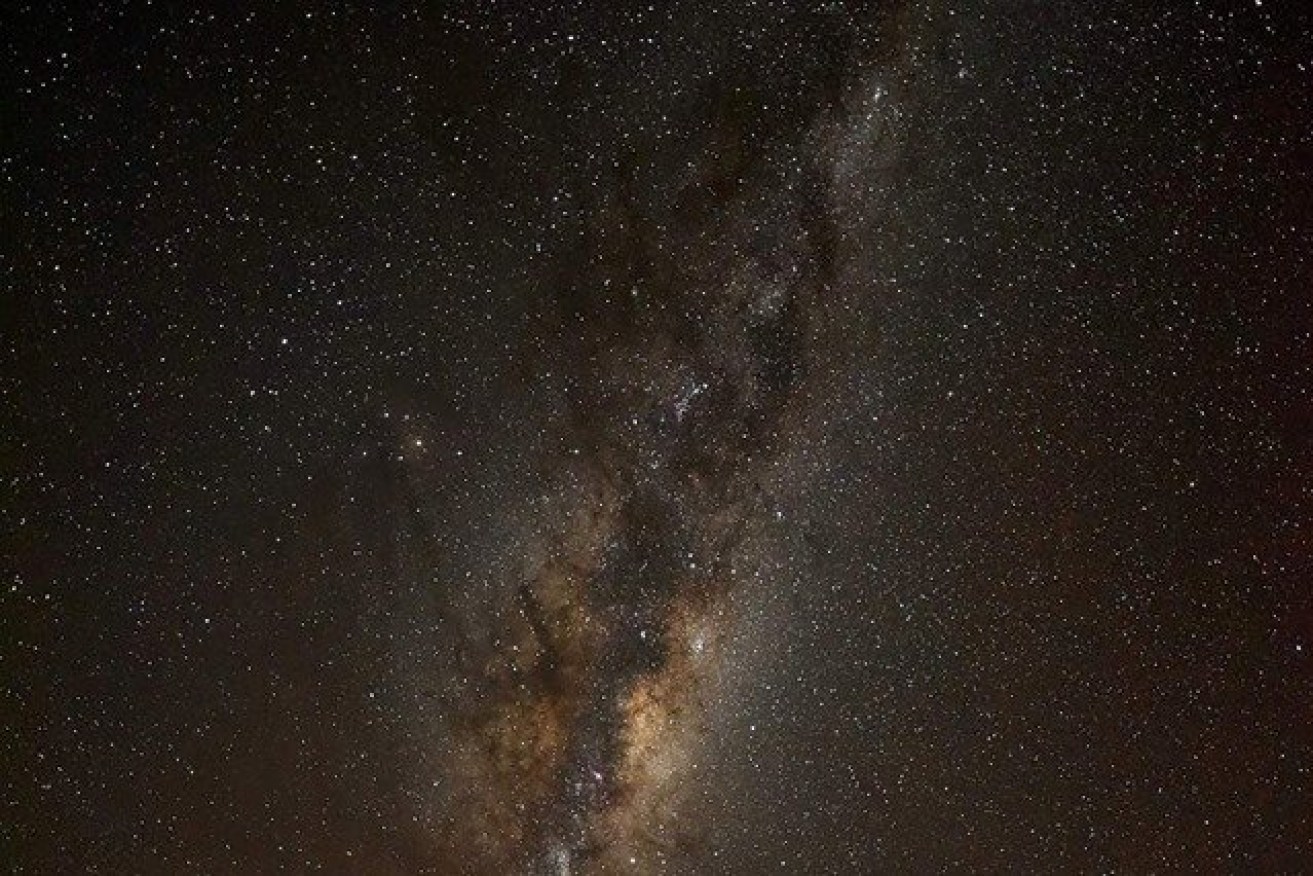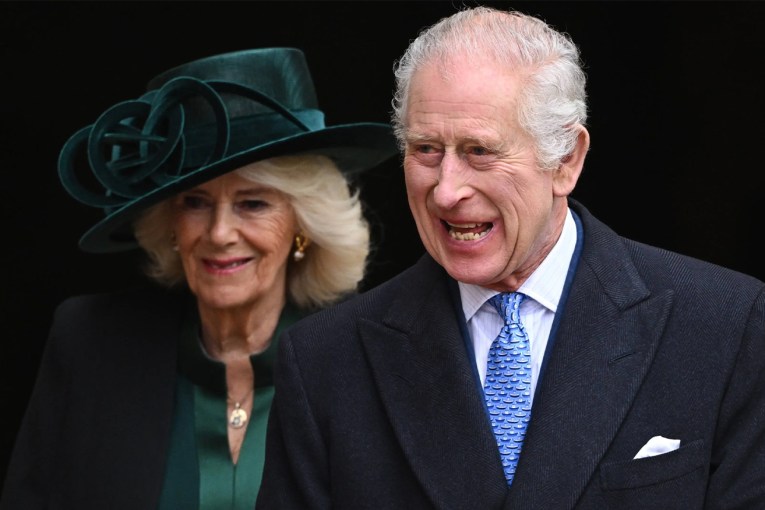June sky guide: A rare alignment of Jupiter and Saturn and a duo of crescents

Rug up for some beautiful sights in the sky this month. Photo: ABC/Matt Green
A rare and beautiful alignment of planets and a conjunction of crescents await those willing to brave cool, clear winter nights and mornings this month.
Winter nights are perfect for seeing the stars and planets because there’s generally less dust, moisture and turbulence around – not to mention bushfire smoke – compared to summer.
For Australians this is also the time that most planets become easier to see as they rise highest above the horizon.
And with longer nights, there’s also more time for skywatching – June 21 will bring the winter solstice and the longest night of the year.
Rare alignment of planets
Look due east late evening on Tuesday (June 9) and you will see something that doesn’t happen very often at all.
Jupiter and Saturn will appear in a line-up with the waning moon for your celestial enjoyment.
“This is an excellent opportunity to see them close together,” says amateur astronomer Ian Musgrave.
“This is the most beautiful thing you will see in the sky this month.”

How the sky should appear looking east at 11pm AEST on June 8. The following night, the Moon will be below Saturn. Photo: ABC/Ian Musgrave
While Saturn isn’t an incredibly bright planet it’s really obvious at the moment, says Dr Musgrave.
“It’s in an area without very many bright stars.”
Jupiter and Venus get close to each other in the sky every year, but Jupiter and Saturn only do this once every 20 years, says Dr Musgrave.

This telescopic picture taken on December 31, 1997, shows a lovely young crescent Moon and brilliant crescent Venus in the early evening sky near Bursa, Turkey. Photo: Tunc Tezel/NASA
A tale of two crescents
Then on June 19 if you get up before dawn you’re in for a treat, assuming you have the right equipment.
“Venus will be near the Moon, which will look absolutely beautiful,” says Dr Musgrave.
“And if you feel like getting a telescope out, you can see crescent Venus at the same time as the crescent Moon, which is kind of cool too.”
The best time to see this will be from about an hour before sunrise, before it gets too light to see the planets.
Even without a telescope, the whole sky that morning will have quite a line-up, with Venus and the Moon in the east, bright red Mars due north, and Saturn and Jupiter low in the west.
“That’s a very nice thing to see in the morning.”

Even without a telescope the Moon and Venus is a sight to see no matter what hemisphere you’re in. Photo: NASA/Bill Dunford
Other events in the sky this month
For most of the month you’ll see Mercury above the north-west horizon – most visible an hour after sunset up until the middle of the month.
And on June 22 if you look in the same direction a half an hour after sunset you’ll see the pretty sight of Mercury close to a thin crescent Moon.
There is a faint comet visible this month called Comet C/2019 U6 (Lemmon), currently in the constellation of Canis Majoris in the west and visible with binoculars under dark skies.

How the sky will look from Sydney at 6am AEST on June 19. Similar views will be seen Australia wide at the equivalent local times (an hour before sunrise). Photo: ABC/Ian Musgrave
The comet will be brightest around June 27, assuming it doesn’t disintegrate before then.
By then it will be in the constellation Hydra in the west.
June 21 will feature an annular solar eclipse but again, this is nothing to write home about.
“These can be quite spectacular but unfortunately most of Australia misses out,” Dr Musgrave said.
“If you’re looking at the Sun round about 6pm AEST from Darwin using appropriate safe solar observing techniques, you’ll see a tiny little chip taken out of the top of it.”








